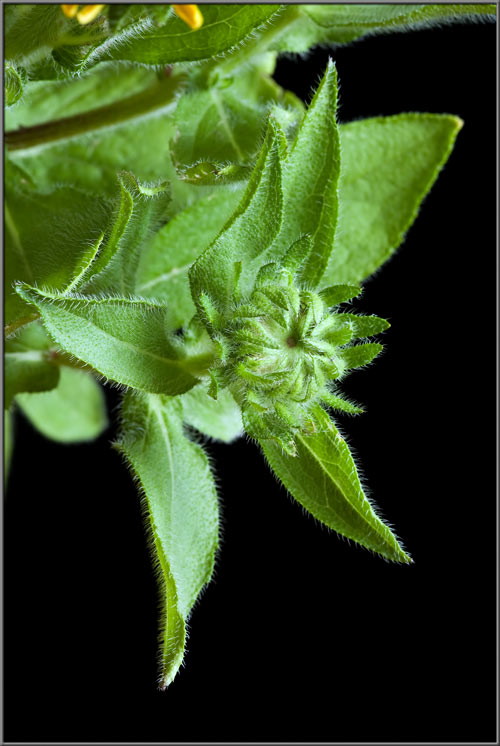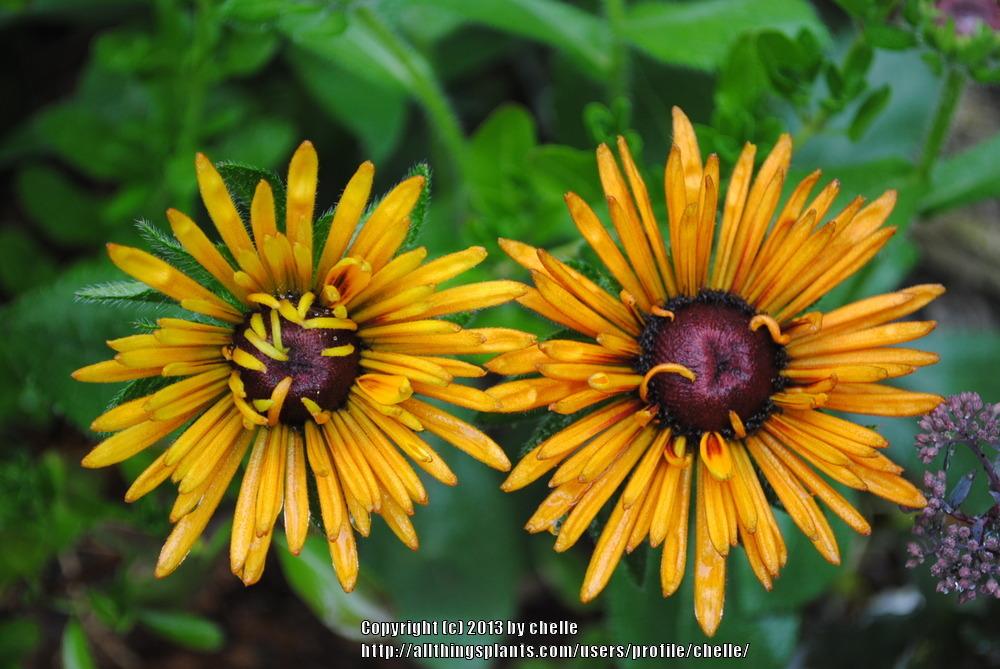This time, we’re going to talk about Black Eyed Susan Scientific Name. There is a lot of information about black eyes susan scientific name on the internet, of course. Social media are getting better and better quickly, which makes it easier for us to learn new things.
Flower Symbolism Chart and Black-Eyed Susan Colors are also linked to information about Black-Eyed Susan Colors. As for other things that need to be looked up, they are about Black-eyed susan Add to My Garden and have something to do with Forum.

8 Things About Black Eyed Susan Scientific Name | Promoting the Use of Native Plant Species in the Home Landscape
- Black-eyed Susan is a stiff, moderately fast growing, upright branching biennial or short-lived perennial in the Asteraceae (daisy) family. Native to the eastern United States but it has become endemic throughout North America. Seen as an annua because it blooms in the first year when planted from seed in early spring, however, it freely self-seeds and usually remains in the garden for many years. In North Carolina, it grows as a biennial reaching a height of 4 feet and can be found growing along banks and roadsides. - Source: Internet
- Black-Eyed Susan forgives neglect and has moderate drought tolerance. It matures rapidly in average, well-drained soil in sun to partial shade. The trick to growing black-eyed Susan is to give it full sun in decent soil. Moderate fertility will give you the best flower show so avoid the edges of lawns where lawn fertilizer will provide excess nitrogen. - Source: Internet
- This Black-eyed susan is native to the central US from Wisconsin to Texas. It grows to only about 4 ½ ft, and its flowers are distinguished by blunt tips on each petal. A commercial cultivar from this species is “Henry Eilers”, which grows to 4 feet and has large, tubular petals with blunt tips. - Source: Internet
- DISTRIBUTION AND OCCURRENCE SPECIES: Rudbeckia hirta GENERAL DISTRIBUTION: Blackeyed Susan is found throughout most of North America, particularly east of the Rocky Mountains [45,51]. It has been sporadically introduced into the Pacific Northwest [35]. Blackeyed Susan has also been introduced in Europe as an ornamental and has naturalized [57]. - Source: Internet
- Black-eyed susan is adapted to grow in drought conditions, but to ensure that your plant grows well you should water it during dry periods. Be sure to only water the plant when the surrounding soil is dry since overwatering will cause it to rot. Also, water the plant only at the base, since it is prone to damp-related diseases. - Source: Internet
- “I grew black-eyed susan vine from seed this year. The vine is no relative of the traditional black-eyed susan, Rudbeckia, but a warm season, annual vine. " - Source: Internet
- Distribution of blackeyed Susan. Map courtesy of USDA, NRCS. 2018. The PLANTS Database. National Plant Data Team, Greensboro, NC [2018, January 29] [55]. - Source: Internet
- Thunbergia, also known as black-eyed Susan vine or clock vine, is a quick-growing vine boasting many open-faced flowers, usually with dark centers (hence the name “black-eyed Susan”). Where not struck down by frost it is a perennial, but most climates of the United States grow it as a beautiful annual. The name Thunbergia honors a Swedish botanist named Karl Pehr Thunberg. - Source: Internet

Here are a few tips to help you find information about black eyes susan scientific name:
- Look for good places to get information about Black Eyed Susan Family Name. This can be done in libraries, on websites, or even by paid journalists.
- When looking for information about Cooperative Extension: Maine Wild Blueberries, it’s important to know that there are different kinds of online sources, like Google and YouTube. Social media sites like Facebook and Twitter are also good places to look for information about black eyed susan latin name.
Video | Black Eyed Susan Scientific Name
To get the best information about Black Eyed Susan Family Name, you should read to find out how true each source is.
This article has a few videos from different places about State Flower that will help you learn more about it. The Internet is a great place to find out about a wide range of things.
## Here are some crucial aspects concerning State Flower:- Black Eyed Susan Scientific Name
- Black Eyes Susan Scientific Name
- Black Eyed Susan Botanical Name
- Black Eyed Susan Latin Name
- Black Eyed Susan Family Name

With so many websites and forums that talk about Flowers Meaning, it shouldn’t be hard to find what you need.
Most people are used to getting information about Promoting the Use of Native Plant Species in the Home Landscape in a very different way than this. It lets you look at the information about Flowering plant of month (June): Black-eyed Susan and how it can be used in more detail.

In the end, this article gives a summary of Black-Eyed Susan Colors. Also talked about are Black-Eyed Susan Common Name and Black-eyed susan Add to My Garden, which you can use to compare how much you know about Black-Eyed Susan Description.